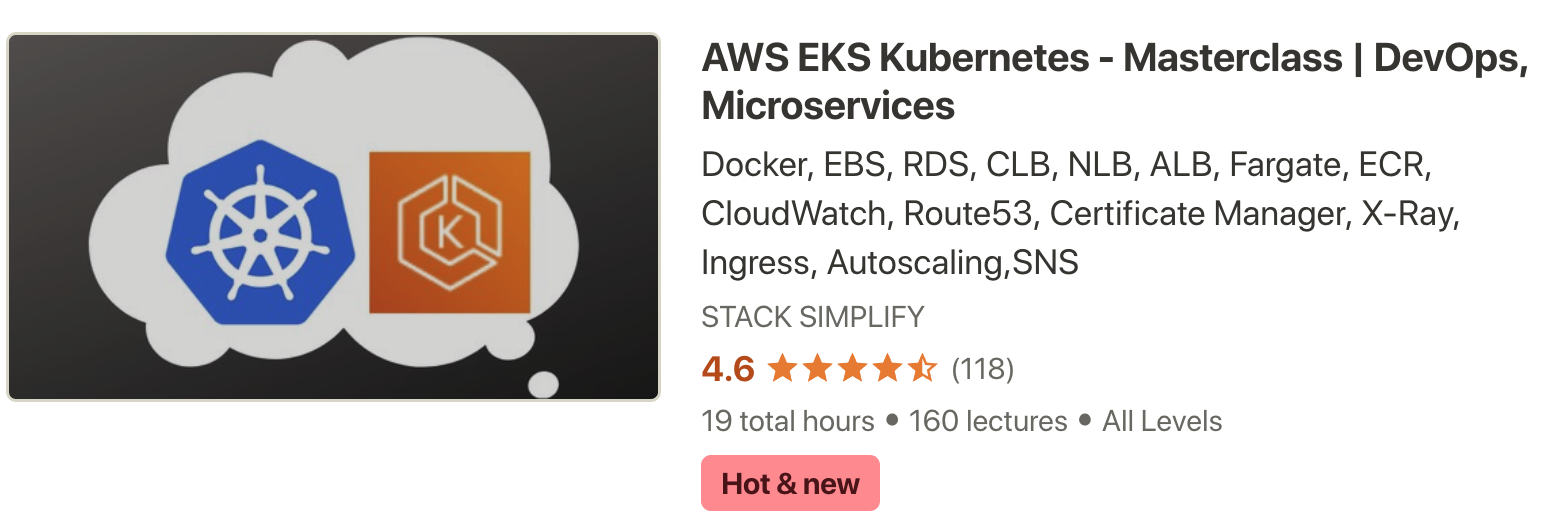Kubernetes - Deployment ¶
Topics ¶
- Create Deployment
- Scale the Deployment
- Expose Deployment as a Service
- Update Deployment
- Rollback Deployment
- Rolling Restarts
- Pause & Resume Deployments
- Canary Deployments (Will be covered at Declarative section of Deployments)
Step-01: Introduction to Deployments ¶
- What is a Deployment?
- What all we can do using Deployment?
- Create a Deployment
- Scale the Deployment
- Expose the Deployment as a Service
Step-02: Create Deployment ¶
- Create Deployment to rollout a ReplicaSet
- Verify Deployment, ReplicaSet & Pods
- Docker Image Location: https://hub.docker.com/repository/docker/stacksimplify/kubenginx
# Create Deployment kubectl create deployment <Deplyment-Name> --image=<Container-Image> kubectl create deployment my-first-deployment --image=stacksimplify/kubenginx:1.0.0 # Verify Deployment kubectl get deployments kubectl get deploy # Describe Deployment kubectl describe deployment <deployment-name> kubectl describe deployment my-first-deployment # Verify ReplicaSet kubectl get rs # Verify Pod kubectl get po
Step-03: Scaling a Deployment ¶
- Scale the deployment to increase the number of replicas (pods)
# Scale Up the Deployment kubectl scale --replicas=20 deployment/<Deployment-Name> kubectl scale --replicas=20 deployment/my-first-deployment # Verify Deployment kubectl get deploy # Verify ReplicaSet kubectl get rs # Verify Pods kubectl get po # Scale Down the Deployment kubectl scale --replicas=10 deployment/my-first-deployment kubectl get deploy
AWS EKS - Elastic Kubernetes Service - Masterclass ¶
Step-04: Expose Deployment as a Service ¶
- Expose Deployment with a service (NodePort Service) to access the application externally (from internet)
# Expose Deployment as a Service kubectl expose deployment <Deployment-Name> --type=NodePort --port=80 --target-port=80 --name=<Service-Name-To-Be-Created> kubectl expose deployment my-first-deployment --type=NodePort --port=80 --target-port=80 --name=my-first-deployment-service # Get Service Info kubectl get svc Observation: Make a note of port which starts with 3 (Example: 80:3xxxx/TCP). Capture the port 3xxxx and use it in application URL below. # Get Public IP of Worker Nodes kubectl get nodes -o wide Observation: Make a note of "EXTERNAL-IP" if your Kubernetes cluster is setup on AWS EKS. - Access the Application using Public IP
http://<worker-node-public-ip>:<Node-Port>
